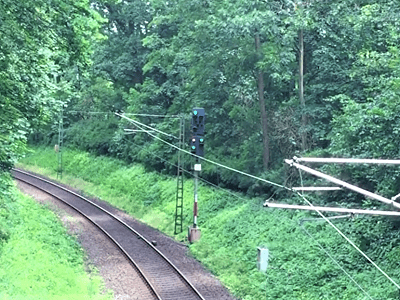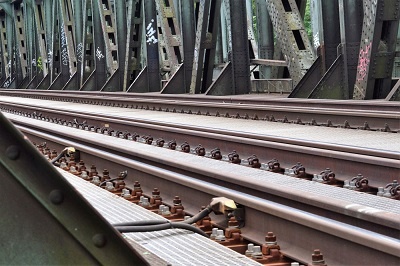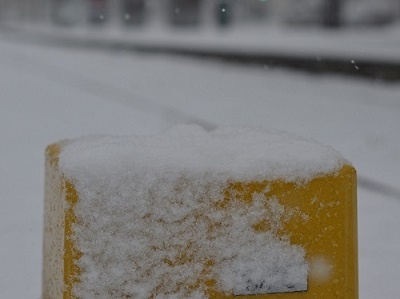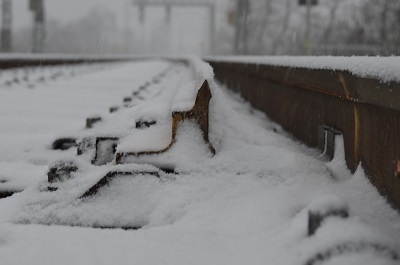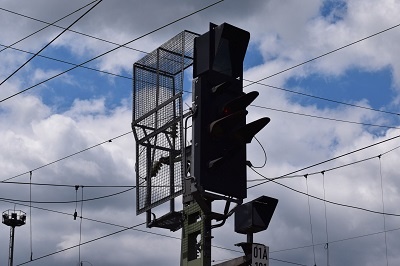Configuration of a safe route
The configuration of a safe route is a necessary measure before a train can safely run the planned track section. This special configuration of a safe route is segmented into six sub steps. These are also part of their respective security levels, which are required for each configuration. Only on passing each of the relevant requirements, a safe and collision-free train run is ensured.
The relevant part of railway safety is embedded in the configuration of a safe route. After initializing this route configuration, which is also called route trigger. The setting of switch positions and other movable track units begins.If these units are in correct position, the signaling control locks these track units and their positions. Subsequently the route is set, which is an intermediate safety step.Afterwards, each track sections occupation status is examined. If all track sections are free, the appropriate route signal is settable and “go” signal aspect can be shown.
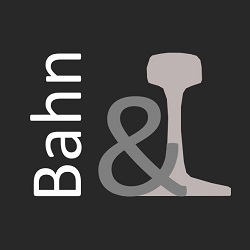
 Bahntechnik und Bahnbetrieb
Bahntechnik und Bahnbetrieb